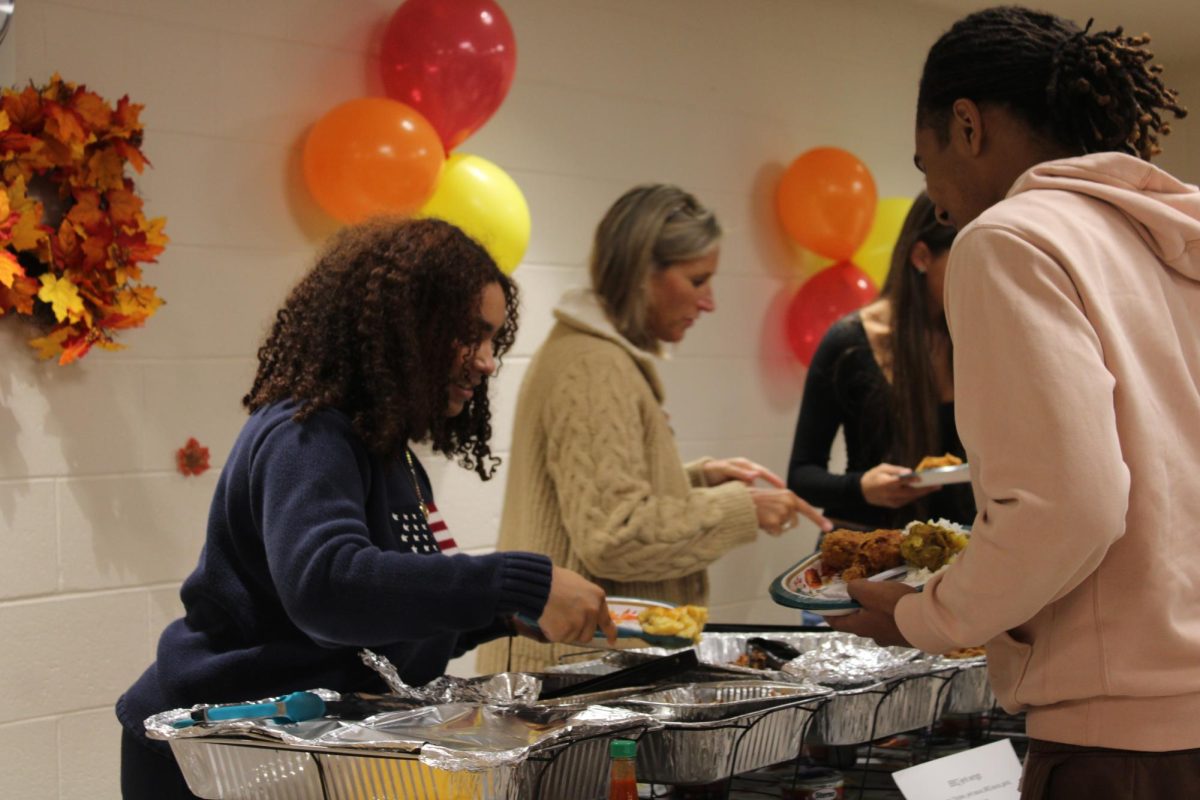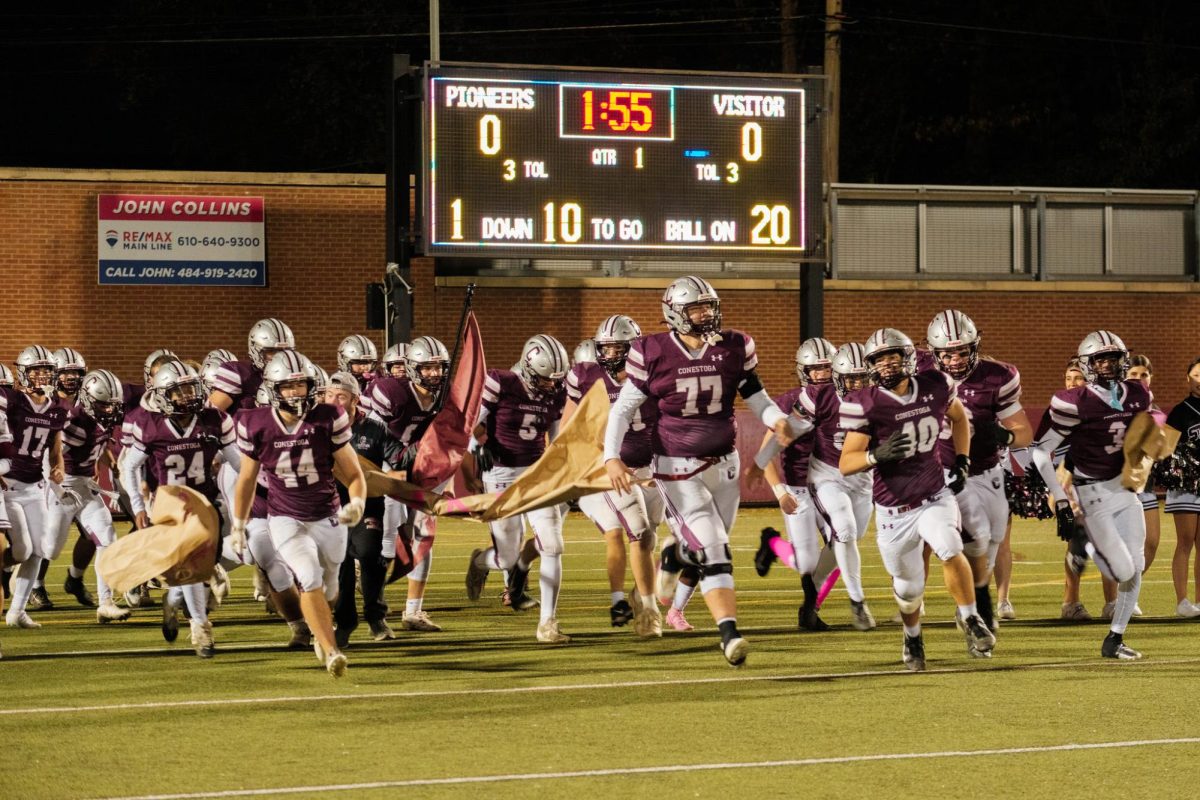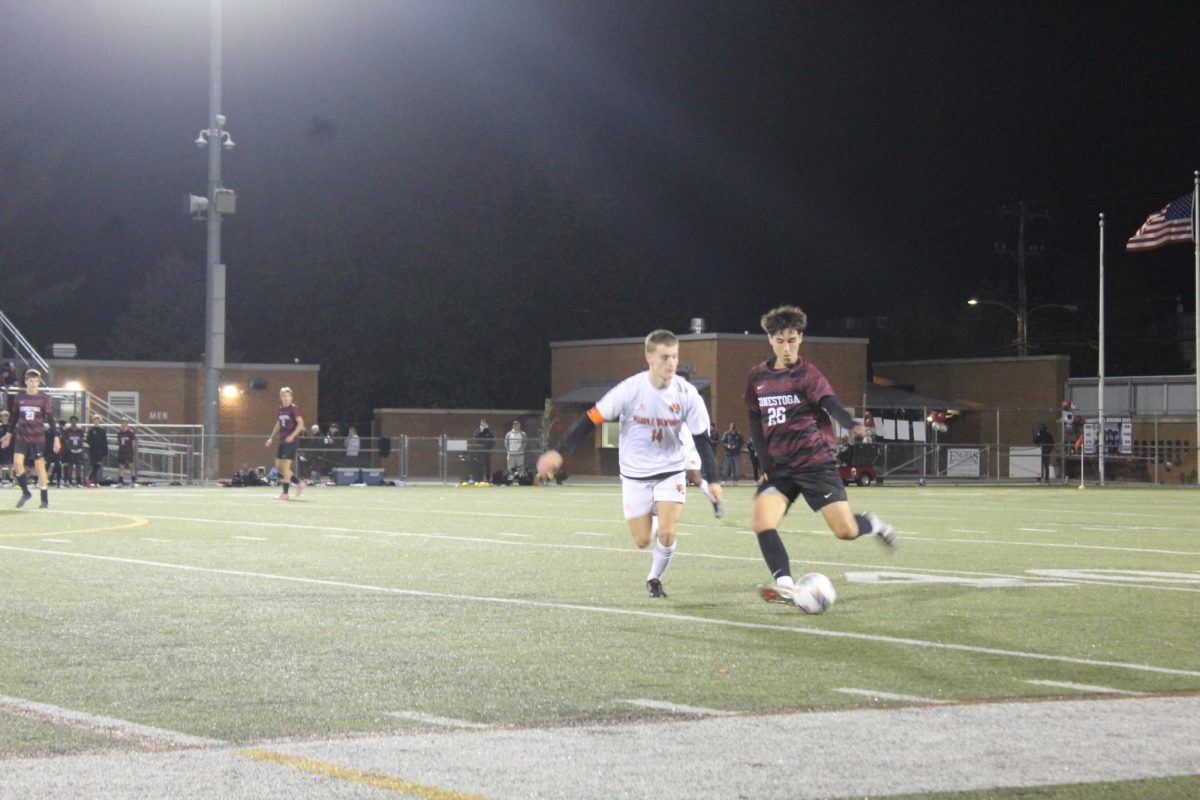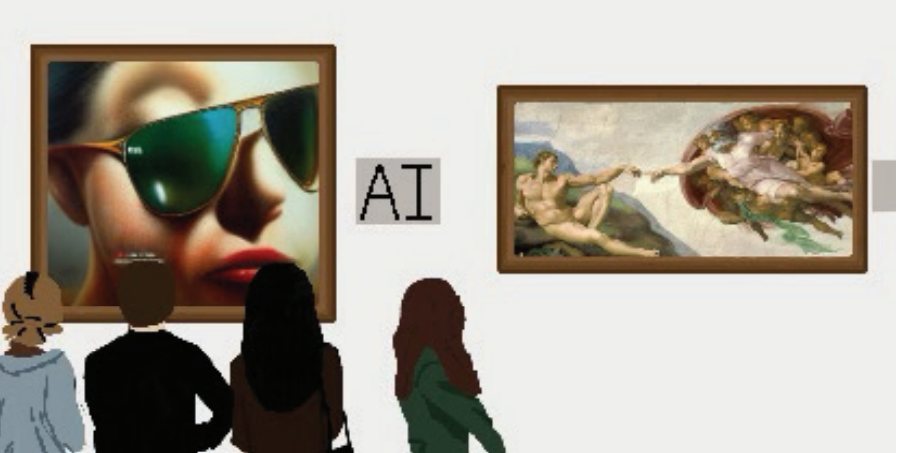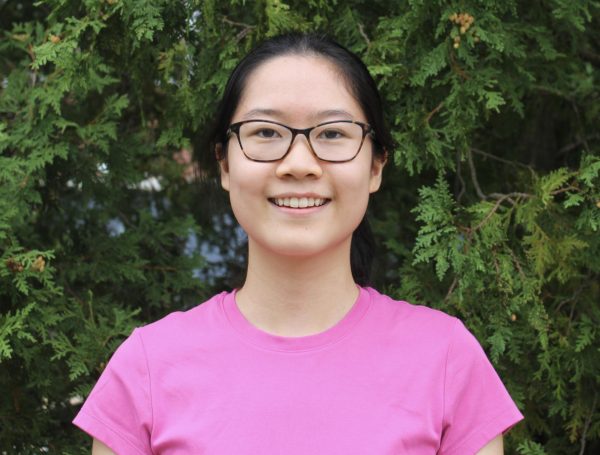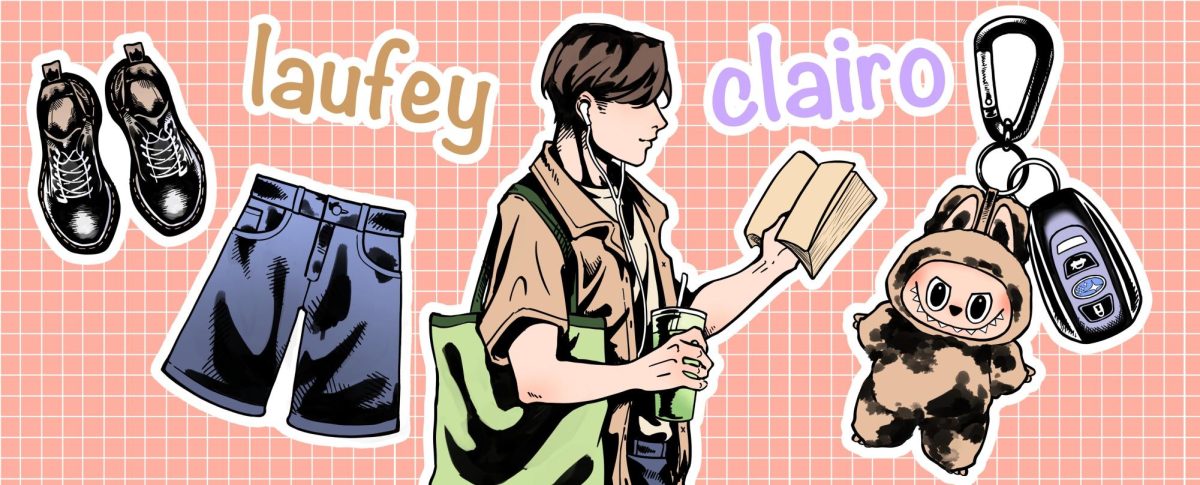By Juliana Yao, Staff Reporter
Whether it be a photorealistic image of a dog performing surgery or a Da Vinci-style portrait of Donald Trump, any coherent text prompt fed into recently released artificial intelligence systems like DALL-E 2 or Midjourney can shoot out original digital images in seconds. I experimented with these programs myself and was awed by this perceived creativity. However, I can’t help but disagree with the sentiment that this qualifies AI images as art.
The overlap between AI images and art can be partially attributed to the fact that telling the difference between them is difficult. Ahmed Elgammal, director of the Art and AI Laboratory at Rutgers University, describes that AI programs use algorithms to learn from countless existing artworks in order to mimic them in his New York Times article. After identifying a variety of artistic elements, AI can replicate them when given a text prompt. As an artist myself, when quizzed on choosing whether an artwork was of AI or human origin, I only got the answers right about half the time. On a surface level, AI-generated images seem as though they can easily slip under the term “art.”
However, to argue whether AI-generated pictures qualify as art is a philosophical undertaking. The definition of art is varied and subjective, but the few key requirements are imagination, technical skill and expression, as gathered from ethics journal Philosophy Now and Encylopedia Britannica. For example, Oxford Languages includes the spark of human imagination and how it is expressed as a parameter for the term, while Webster emphasizes the skill developed from experience in the field.
While I agree with these guidelines, I would add that art is a form of communication that requires intent. To create AI pictures, the user must first translate mental images and concepts into words for the AI. However, art is meant to convey exactly what the artist cannot convey through language; a direct depiction of the mind to a canvas.
Intent is not achieved through AI programs because users have no hand in what AI creates after supplying a text prompt. This sacrifices the artistic process, in which artists use particular hues and linework to establish certain imagery, a level of intent and authenticity that AI art lacks. Whenever I had a specific image in mind that I wanted AI to replicate, finding the precise wording to do so proved impossible. Users are forced to adapt to what it creates instead of transforming a canvas into the message that they desire to tell the viewer.
One of the most important aspects of art that AI art does not meet is effort. For an artist to be able to craft an artwork that captures their intended purpose, dedication and discipline is necessary. A work of art does not only represent the artist’s ideas, but also the hours of practice to develop the craftsmanship behind it.
Nevertheless, I have seen people argue that AI-art requires skill, which makes it art: the skill to develop prompts that will most closely produce the desired image. Creating a prompt requires practice and time, and they liken this to learning and practicing artistic techniques. While I can confirm that it takes work to create the best prompts, equating this to actual artistic skill is similar to saying that spending 30 years to master the FIFA video game will put you on equal footing with Lionel Messi.
AI art generators weren’t created to replace human-made art, but as a tool for artists to build upon. Making AI-generated images is an admittedly fun hobby, but it’s never too late to pick up a pencil and start experimenting.
Juliana Yao can be reached at [email protected].






